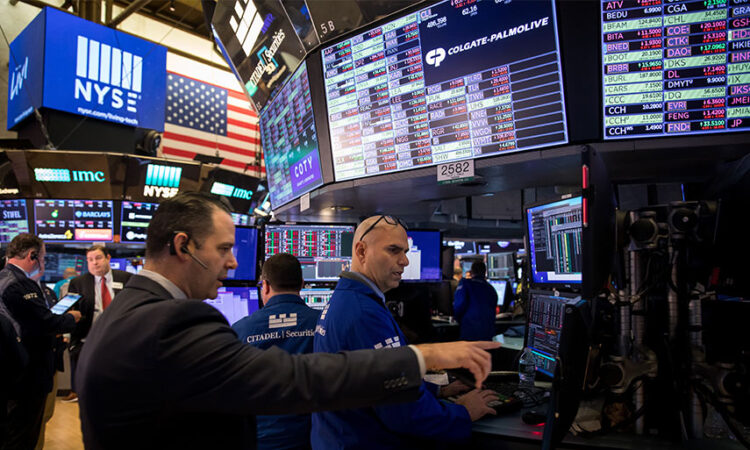
November can be one of the most depressing months of the year as the darkness closes in and temperatures plunge. But investors can often see things differently as they put the risky months of September and October behind them and start to dream of a Santa Rally to end the year in style.
Back on track
After a difficult summer and early autumn, with shares correcting between July and October and bonds continuing their three-year slide, Christmas came early for investors in November with blockbuster returns across the board.
The S&P 500 rose by 9% in November, with the Nasdaq a smidge better. European shares rose by a similar margin as investors started to bet on an earlier interest rate pivot by central banks on both sides of the Atlantic, perhaps as soon as spring next year.
And the good news was not restricted to shares. Bonds also enjoyed a rally as weaker inflation data pointed to an early end to the higher-for-longer interest rate narrative. With consumer price growth dropping almost everywhere, the gap is widening between central banks’ expectation that rates will start to fall in 2025 and investors’ hope that the turn will occur much sooner than that.
Year to date, markets look even better. The S&P 500 is up more than a fifth in the first 11 months of the year, taking the US benchmark back within striking distance of its 4,800 peak at the end of 2021. The big tech stocks that have driven the market higher have done even better, more than a third higher than at the start of the year.
Bonds remain underwater year to date but, with yields on 10-year Treasuries down from their recent peak of over 5% to around 4.2%, the consensus is that they have further to go. If inflation does come back to target, then interest rates of under 4% look plausible.
Valuations now looking more stretched
So, the question now is whether the market rally has gone too far too fast. The reason that interest rate and inflation expectations are falling is that the global economy is slowing. Investors are currently seeing the glass as half full (lower interest rates) but they could well begin to see it has half empty (slowing earnings expectations).
At the moment, the consensus is that company profits will grow strongly in 2024, in the low double digits. Whether that is achievable if the economy heads towards a recession, even a mild one, is open to debate.
Meanwhile in other markets
The rally has not been restricted to shares and bonds. November was also a good month for gold, even after the outbreak of war in Gaza in October had already pushed the precious metal higher in the prior month. Gold hit a new all-time high this week of $2,111 as investors focused on falling interest rates – which reduce the opportunity cost of holding gold – and a weaker dollar – which makes the metal cheaper for buyers using other currencies.
At the same time, oil is heading the other way. Hovering about $80 a barrel, the cost of Brent crude is well down on the nearly $100 it reached in the wake of Hamas’s attack on Israel on 7 October. Although the main oil producers in Opec are talking about further production cuts to boost the price, their unity is questionable, and they face the headwind of a slowing global economy.



